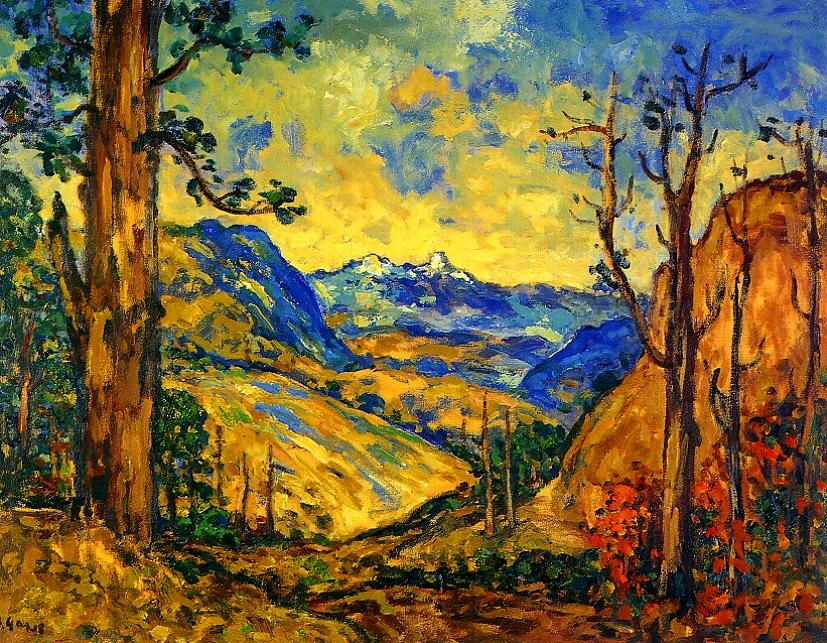=> HOME of Structured Data for Bios
楊三郎 Yang Sanlang
|
Structured DataYang Sanlang
楊三郎
ISNI 0000 0000 6433 721X
Yang San Lang
Painter
https://en.wikipedia.org/wiki/Yang_San-lang
https://zh.wikipedia.org/wiki/楊三郎_(畫家)
http://www.yangsanlang.com.tw/ch/about.php
http://vr.theatre.ntu.edu.tw/fineart/painter-tw/yangsanlang/yangsanlang.htm
http://www.aerc.nhcue.edu.tw/8-0/twart-jp/html/ca-835.htm
Yang San Lang (Chinese: 楊三郎, 1907-1995) was born in Yunghe,Taipei County. His works, heavily influenced by the French Impressionists, show a gently romantic and realistic personal style.
Born: 1907-10-05
Wangxi, Taipei, Taiwan
Died: 1995-05-06
Nationality: Taiwanese Relations: Alumni of: Kyoto School of Arts and Crafts (Kyoto Kōtō Kōgei Gakkō)京都美術工藝學校
Alumni of: Kansai Arts Institute (Kansai Bijutsu-in) 關西美術學院
Member of: Tai-Yang Art Society
Member of: Shunyokai Society, Japan
Member of: Chidao Association
Member of: Official Taiwan Art Society
Colleague of: Liu Chi-hsiang
Follows: Kuroda Shigetarō 黑田重太郎
Follows: Tanaka Zennosuke 田中善之助
Follows: Jean-Baptiste Camille Corot, 1796~1875
Follows: Gustave Courbet, 1819~1877
Follows: Maurice Utrillo, 1883~1955
Important Roles Creator of: Mount Jade (玉山) (painting)
Founder of: Tai-Yang Art Society 台陽美術協會
Award and recognition: Easter Time selected for the 1st Taiwan Art Exhibition (Taiten)
Award and recognition: 12th National Culture Award (行政院文化獎) 1992
|
Sources and references
- 林保堯,〈臺灣美術的「澱積者」—楊三郎〉,《臺灣美術全集7‧楊三郎》,臺北市:藝術家出版社,1992,頁17-45。
顏娟英,〈殿堂中的美術─臺灣早期現代美術與文化啟蒙〉,《中央研究院歷史語言研究所集刊》64:2(1993),頁469-610。
湯皇珍,《陽光‧印象‧楊三郎》,臺北市:雄獅圖書公司,1994。 - Starting Out from 23.5°N: Chen Cheng-po, Academia Sinica Digital Center (ASDC). http://chenchengpo.asdc.sinica.edu.tw/friend_en
© Marcia Lei Zeng for Academia Sinica Center for Digital Cultures
